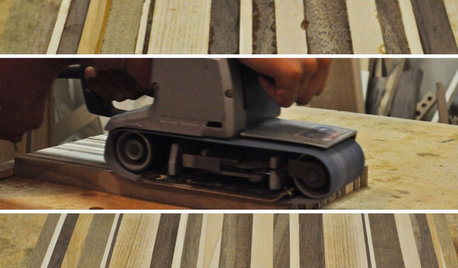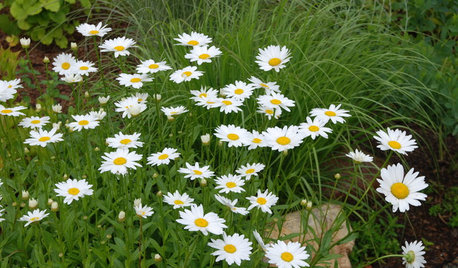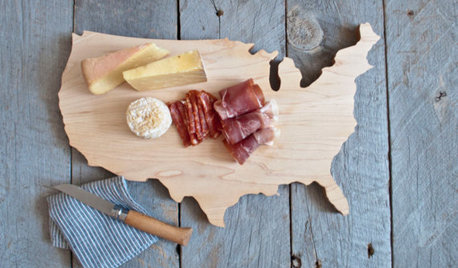Cutting High
raymondo17
12 years ago
Featured Answer
Sort by:Oldest
Comments (22)
tiemco
12 years agolast modified: 9 years agojdo053103
12 years agolast modified: 9 years agoRelated Professionals
Carson Landscape Architects & Landscape Designers · Folsom Landscape Architects & Landscape Designers · Hyattsville Landscape Architects & Landscape Designers · Richmond Heights Landscape Architects & Landscape Designers · Roosevelt Landscape Architects & Landscape Designers · Roxbury Crossing Landscape Architects & Landscape Designers · Mesa Landscape Contractors · Overland Park Landscape Contractors · Rockville Landscape Contractors · Saint John Landscape Contractors · Shirley Landscape Contractors · Tavares Landscape Contractors · West Chester Landscape Contractors · Woodburn Landscape Contractors · West Chester Swimming Pool Builderstiemco
12 years agolast modified: 9 years agogarycinchicago
12 years agolast modified: 9 years agotiemco
12 years agolast modified: 9 years agodchall_san_antonio
12 years agolast modified: 9 years agoneilaz
12 years agolast modified: 9 years agonearandwest
12 years agolast modified: 9 years agogarycinchicago
12 years agolast modified: 9 years agodchall_san_antonio
12 years agolast modified: 9 years agonearandwest
12 years agolast modified: 9 years agodchall_san_antonio
12 years agolast modified: 9 years agonearandwest
12 years agolast modified: 9 years agoWestchesterGrower
12 years agolast modified: 9 years agonearandwest
12 years agolast modified: 9 years agoWestchesterGrower
12 years agolast modified: 9 years agodchall_san_antonio
12 years agolast modified: 9 years agonearandwest
12 years agolast modified: 9 years agodchall_san_antonio
12 years agolast modified: 9 years agoWestchesterGrower
12 years agolast modified: 9 years agotexas_weed
12 years agolast modified: 9 years ago
Related Stories

DIY PROJECTSFashion a High-Quality Cutting Board From Scrap Wood
Waste not, want not. This DIY project saves scraps from the landfill, hones your woodworking skills and produces a gorgeous kitchen piece
Full Story
DECORATING GUIDESGet the High Style of Ebony Minus the High Price
Bring the elegance of a prized wood to your rooms with techniques that replicate the look for less
Full Story
PLANTING IDEASGreat Garden Combo: 5 High-Intensity Plants for High-Intensity Sun
Blend bold foliage and flowers to create a powerful combination that will hold its own even in the harsh light of midsummer
Full Story
EVENTSTile Goes High Tech at Italy's Big Expo
Cutting-edge methods are creating tile looks from handmade to avant-garde, as seen as CERSAIE 2013
Full Story
FLOWERSBest Cutting-Garden Beauties for Late Summer
Pick blooms bursting with color or in classic white for bouquets to give away or keep all to yourself
Full Story
KITCHEN DESIGNKitchen Counters: Try an Integrated Cutting Board for Easy Food Prep
Keep knife marks in their place and make dicing and slicing more convenient with an integrated butcher block or cutting board
Full Story
PRODUCT PICKSGuest Picks: Chop Chop! 20 Cutting Boards Too Good to Miss
Any way you slice it, these cutting boards, chopping blocks and serving boards are both artful and practical
Full Story
HOME OFFICESQuiet, Please! How to Cut Noise Pollution at Home
Leaf blowers, trucks or noisy neighbors driving you berserk? These sound-reduction strategies can help you hush things up
Full Story
DECORATING GUIDESOn Trend: Cut It Out With Norwegian Seating
You may find these nipped-out chairs extra full of modern style and comfort, thanks to their savvy designs
Full Story
ACCESSORIESEasy Green: Cut Electricity Use With 15 Unplugged Home Devices
Crank up the energy savings, courtesy of household items that come into power the old-fashioned way: manually
Full Story






dchall_san_antonio